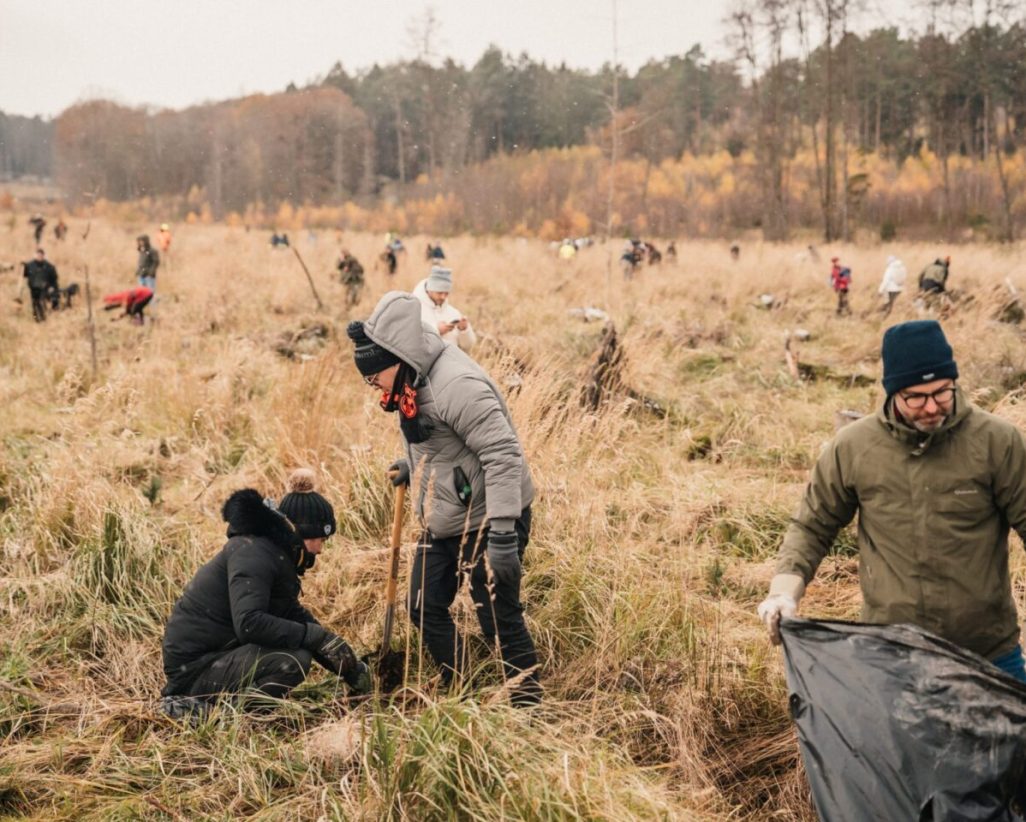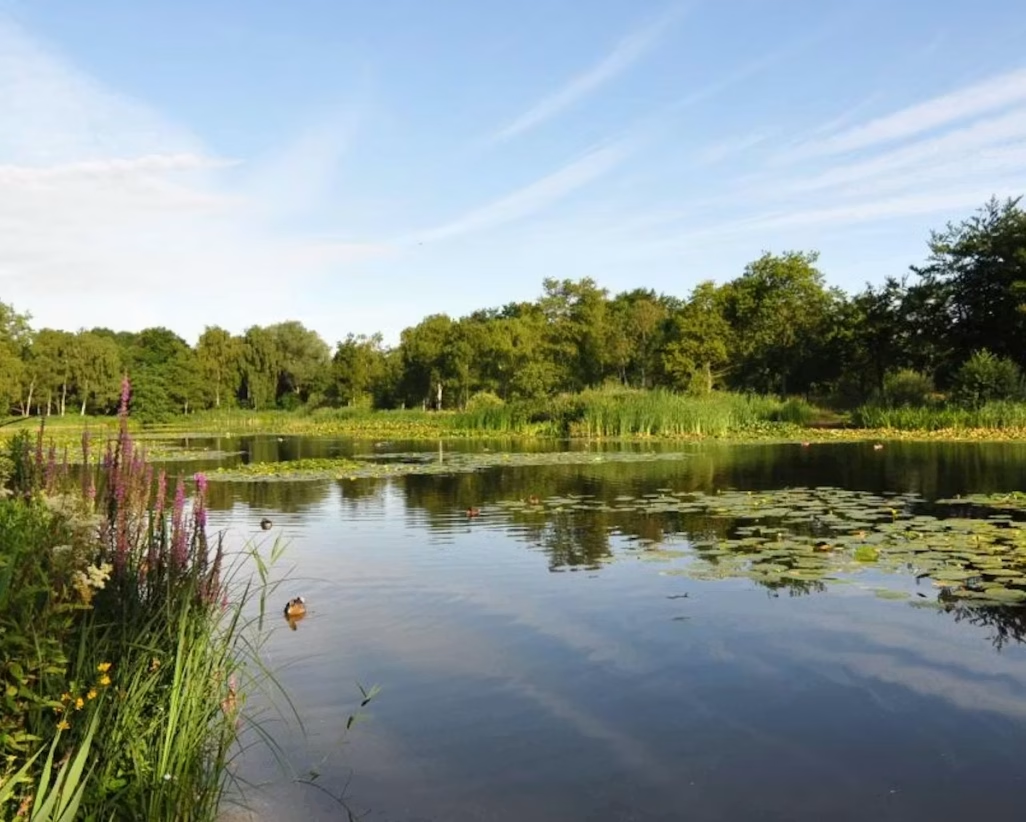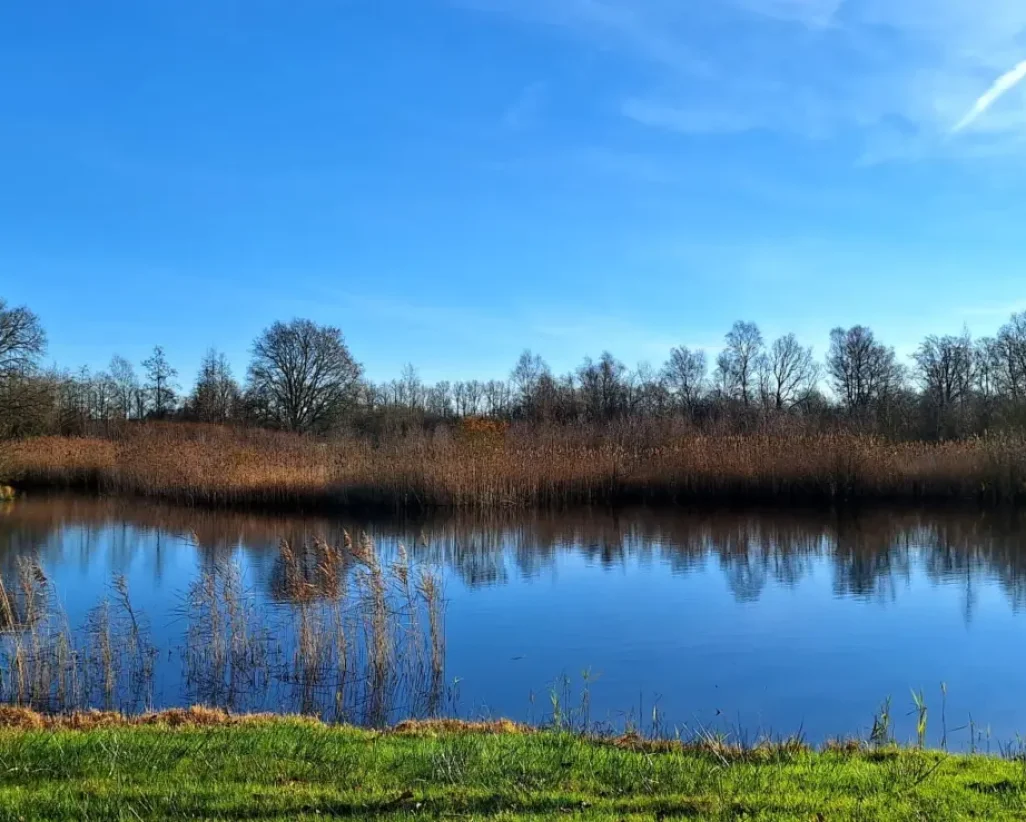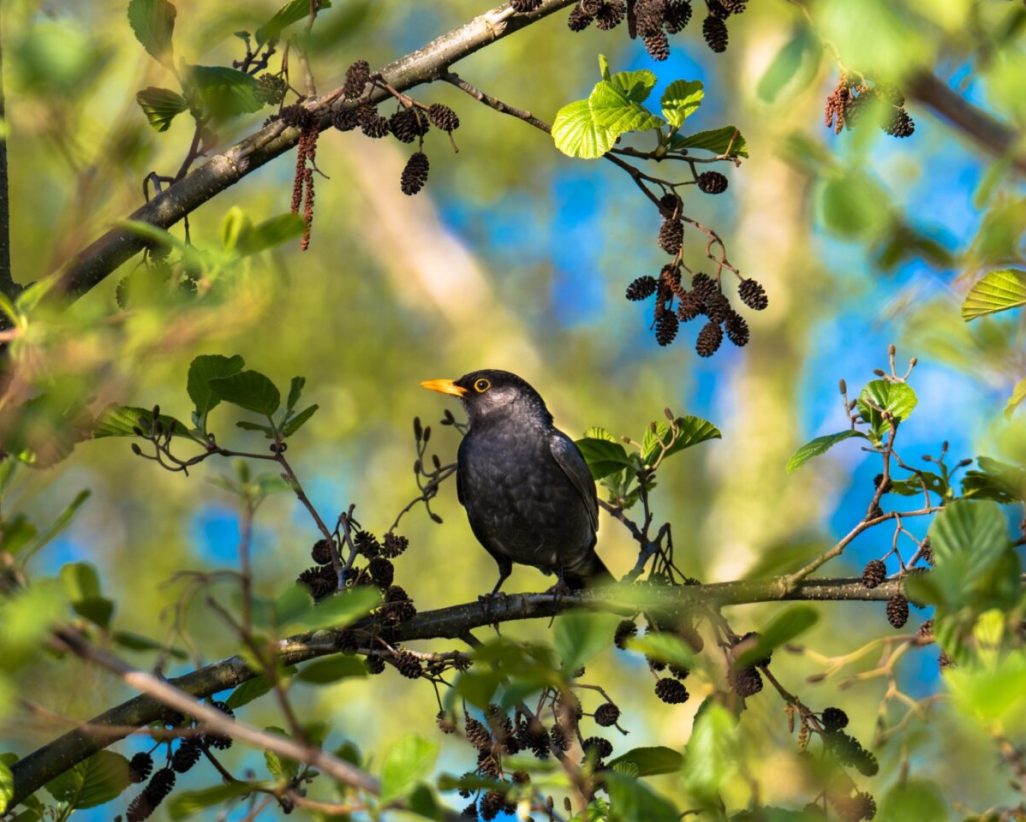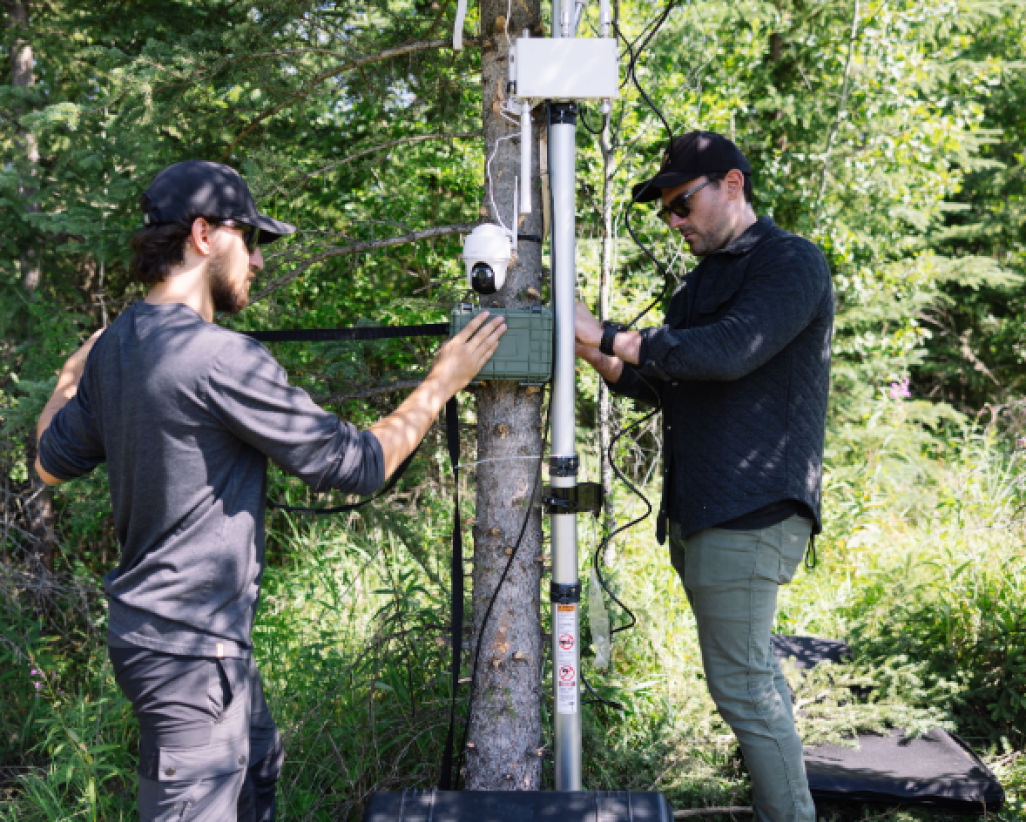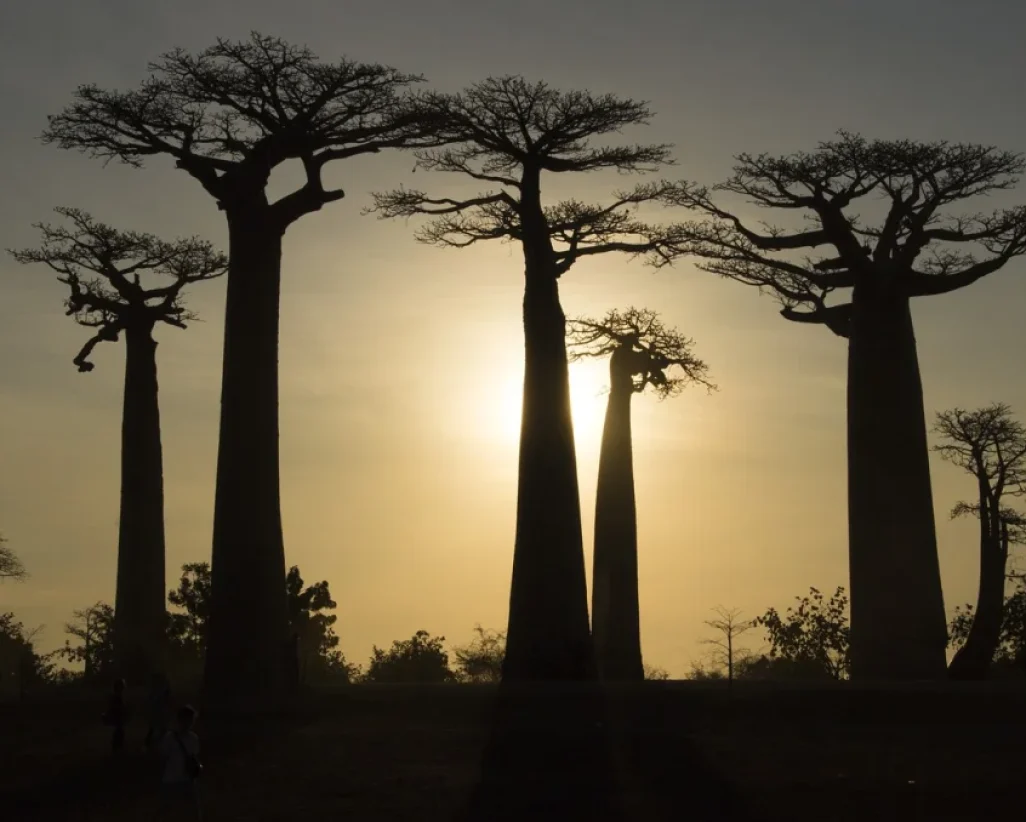The forest that once stood here suffered from disease, pest infestations (such as the bark beetle), and prolonged drought. These factors caused extensive tree die-off and created hazardous conditions, prompting the removal of some dead and damaged trees. To support soil health, part of the dead wood was intentionally left behind.
The original forest was dominated by coniferous species like spruce and pine, making it vulnerable and poorly adapted to climate change. In contrast, the newly planted forest features a diverse mix of deciduous trees—species chosen for their proven contributions to biodiversity and their resilience in a changing climate. The following species will be planted here:
- Sorbus torminalis (Wild Service-tree): a native species, but is now rarely found in Germany. This tree species is more resistant to drought and makes an important contribution to biodiversity and soil quality. The flowers attract many insects and are an important source of nectar for bees. The berries serve as food for birds and mammals in winter and the leaves are eaten by many herbivores.
- Quercus petraea (Sessile Oak): a species that has an advantage over another oaktree in a warmer climate due to its adaptability and resilience. The sessile oak is more resistant to drought because it has a deeper root system that can draw water from deeper soil.
- Fagus sylvatica (Common Beech).
- Frangula alnus (Alder buckthorn).
Located beside a popular walking trail, the restored forest offers visitors a richer and more resilient natural experience. Beyond ecological benefits, the project also aims to raise public awareness about the importance of forest restoration, particularly in areas affected by environmental stress.
The local partner for this project is: Treeapp.
Read more here: Forest restoration in Germany | Trees for All
